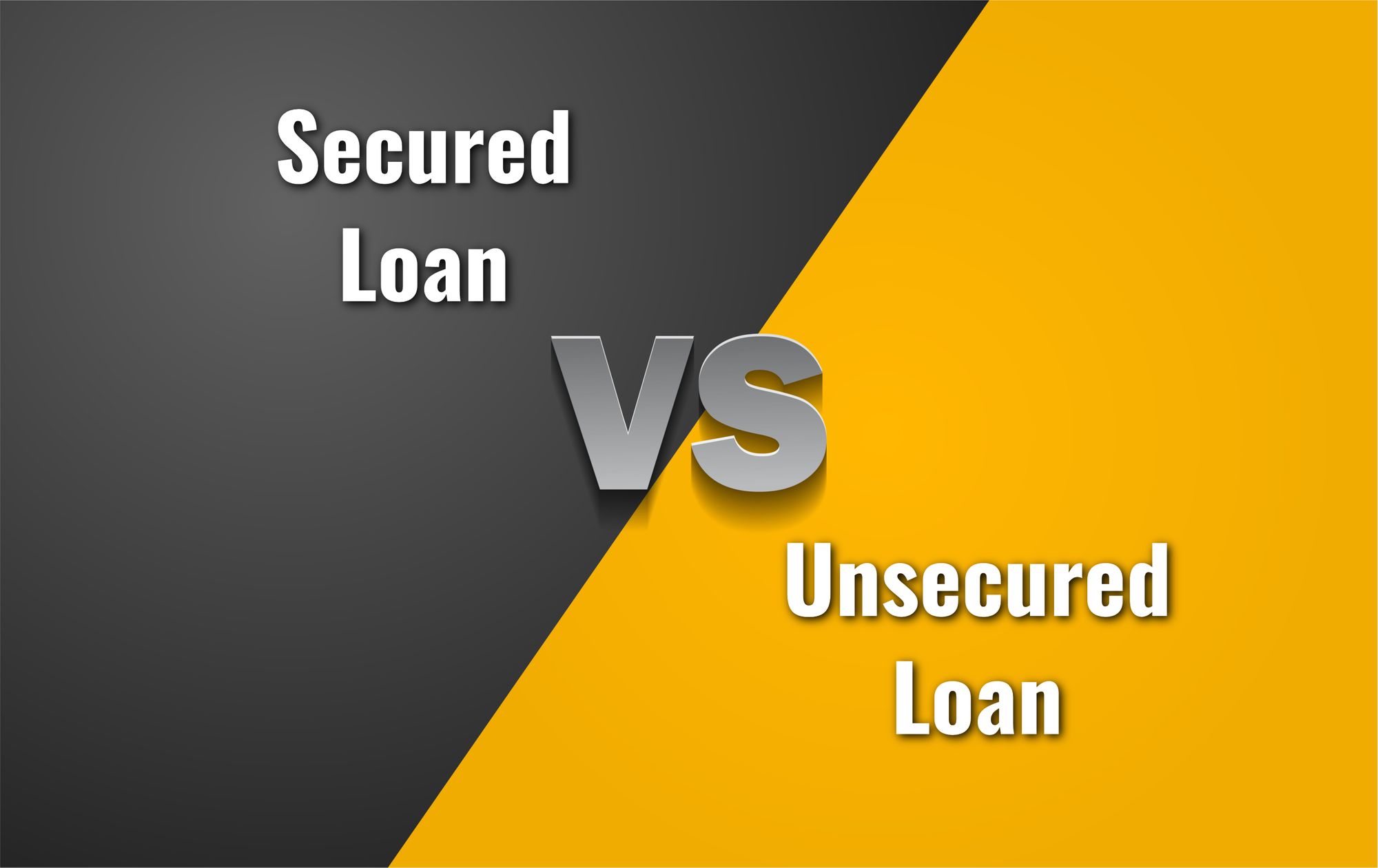When it comes to borrowing money, there are two primary types of loans: secured and unsecured loans. Understanding the difference between the two is essential for making the right decision based on your financial situation and borrowing needs. This article will explain the key differences between secured and unsecured loans and help you determine which type of loan is best suited for your needs.
What is a Secured Loan?
A secured loan is a loan where the borrower pledges an asset, such as a car or home, as collateral for the loan. If the borrower fails to repay the loan, the lender can seize the collateral to recover the amount owed. The most common example of a secured loan is a mortgage loan, where the home itself serves as collateral.
Advantages of Secured Loans:
- Lower interest rates: Because the loan is backed by collateral, lenders consider it less risky, which often results in lower interest rates.
- Higher loan amounts: Secured loans typically allow for larger loan amounts since the collateral reduces the lender’s risk.
- Longer repayment terms: Secured loans often come with longer repayment periods, which can make monthly payments more affordable.
Disadvantages of Secured Loans:
- Risk of losing collateral: If you fail to repay the loan, you risk losing the asset you’ve pledged as collateral.
- Complexity: The process of obtaining a secured loan can sometimes be more complicated, as the collateral must be assessed and evaluated.
What is an Unsecured Loan?
An unsecured loan is a loan that does not require collateral. Instead, the lender approves the loan based on the borrower’s creditworthiness, income, and financial stability. Personal loans and credit cards are common examples of unsecured loans.
Advantages of Unsecured Loans:
- No collateral required: Borrowers do not have to risk their assets, making unsecured loans less risky for the borrower.
- Easier to obtain: Unsecured loans may be easier to apply for since there is no need to provide collateral.
- Faster processing: The approval process for unsecured loans is usually faster than for secured loans, as there is no need to evaluate collateral.
Disadvantages of Unsecured Loans:
- Higher interest rates: Since unsecured loans are riskier for lenders, they typically come with higher interest rates.
- Lower loan amounts: Because there is no collateral backing the loan, unsecured loans tend to have lower borrowing limits.
Conclusion:
The decision between a secured and an unsecured loan depends on your individual financial situation. If you have valuable assets to offer as collateral and can manage the risk, a secured loan might be a better option due to lower interest rates and larger loan amounts. However, if you prefer not to risk your assets, an unsecured loan could be a more suitable choice, even though it may come with higher interest rates.

